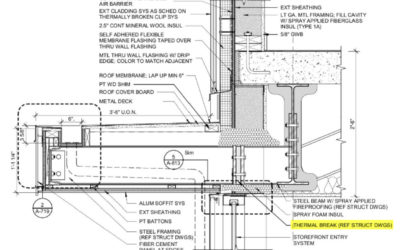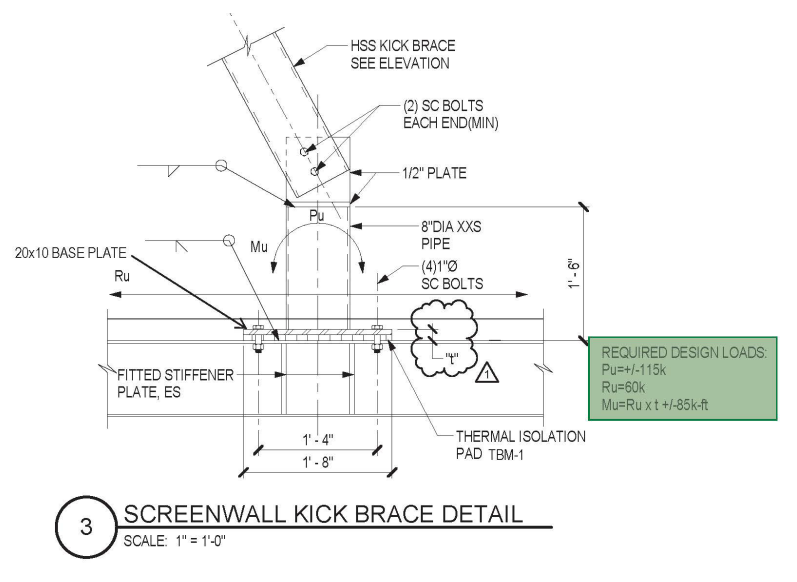
Substitution Requests and Thermal Break Materials
What to know about substitution requests for thermal break materials in bolted steel connections. The purpose of this article is to clarify some common misunderstandings and offer some assistance with the substitution request approval process for all parties. How do...
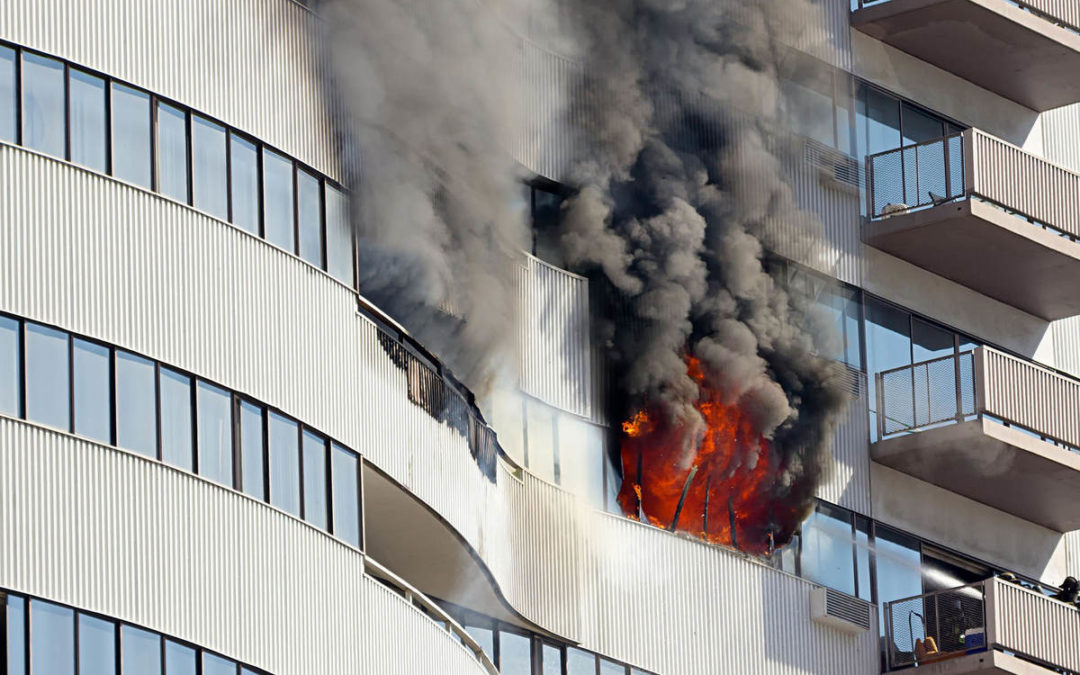
Fire Resistance and Thermal Break Materials
Structural thermal breaks are located within the thermal envelope of a building. Their purpose is to provide a break in structural connections that otherwise conduct heat through the exterior insulation. Thermal breaks are installed within exterior walls, roofs and...
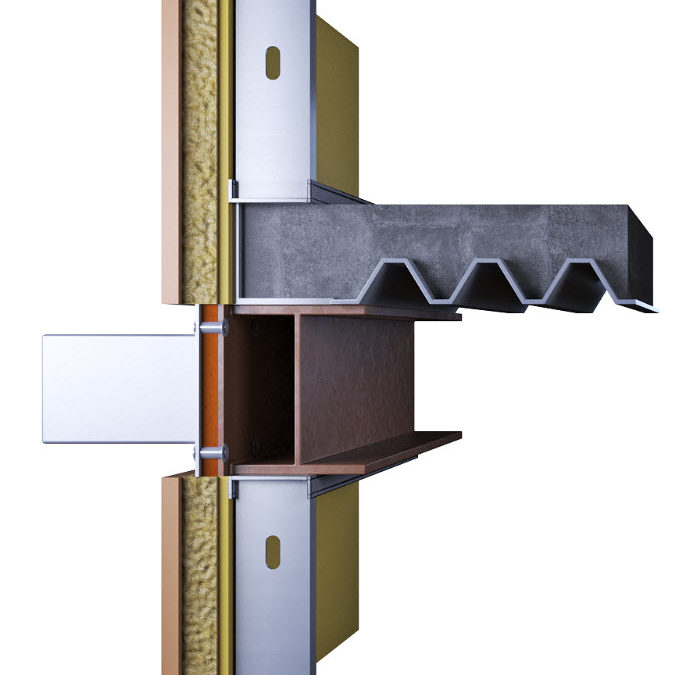
Thermal Bridging in Steel Connections, Part 2
Structural thermal break materials are used to reduce the heat loss associated with thermal bridging in steel connections that pass through exterior insulation. They can also reduce the risk of condensation forming within the wall as the heat loss cools material...
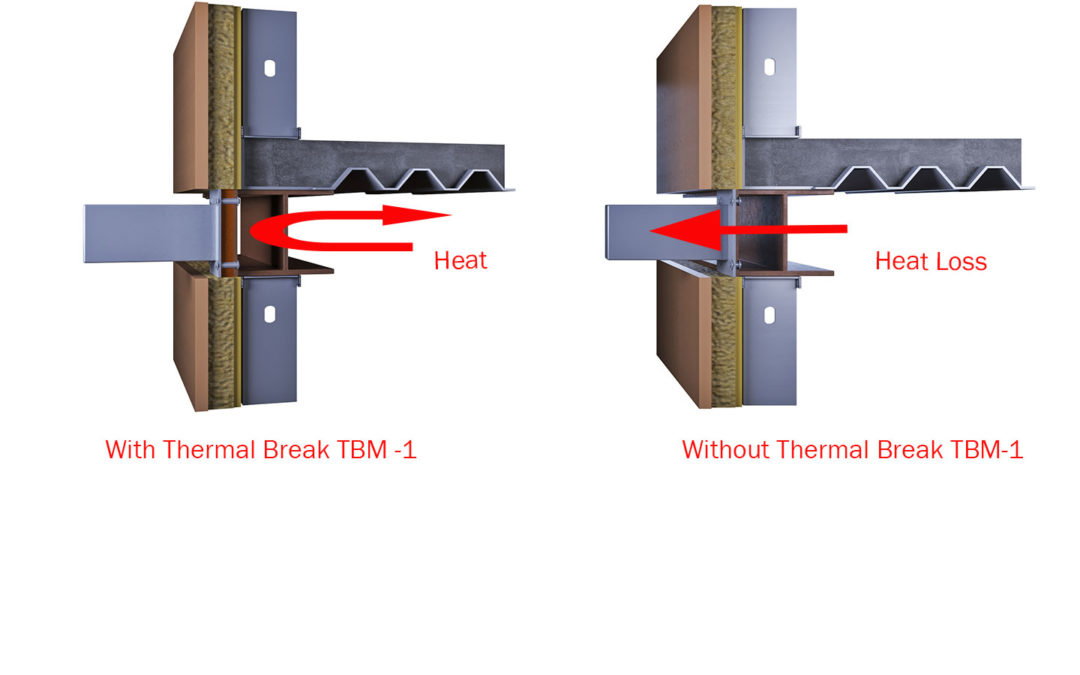
Thermal Bridging in Steel Connections, Part 1
Structural thermal break materials are used to reduce the heat loss associated with thermal bridging in steel connections that pass through exterior insulation. They can also reduce the risk of condensation forming within the wall as the heat loss cools material...
Designing Steel Connections With Thermal Break Materials
Materials with low thermal conductivities and high compression strengths have become a popular solution for reducing thermal bridging in steel connections that penetrate the building envelope. While thermal breaks help to meet energy code requirements, materials that...
Specifying Thermal Break Materials for Steel Connections
Composite materials have been used as a thermal break in bolted, steel connections for over fifteen years in Europe and nearly eight years here in North America. How effective can they be? What are the structural and fire property considerations? Exterior wall...




